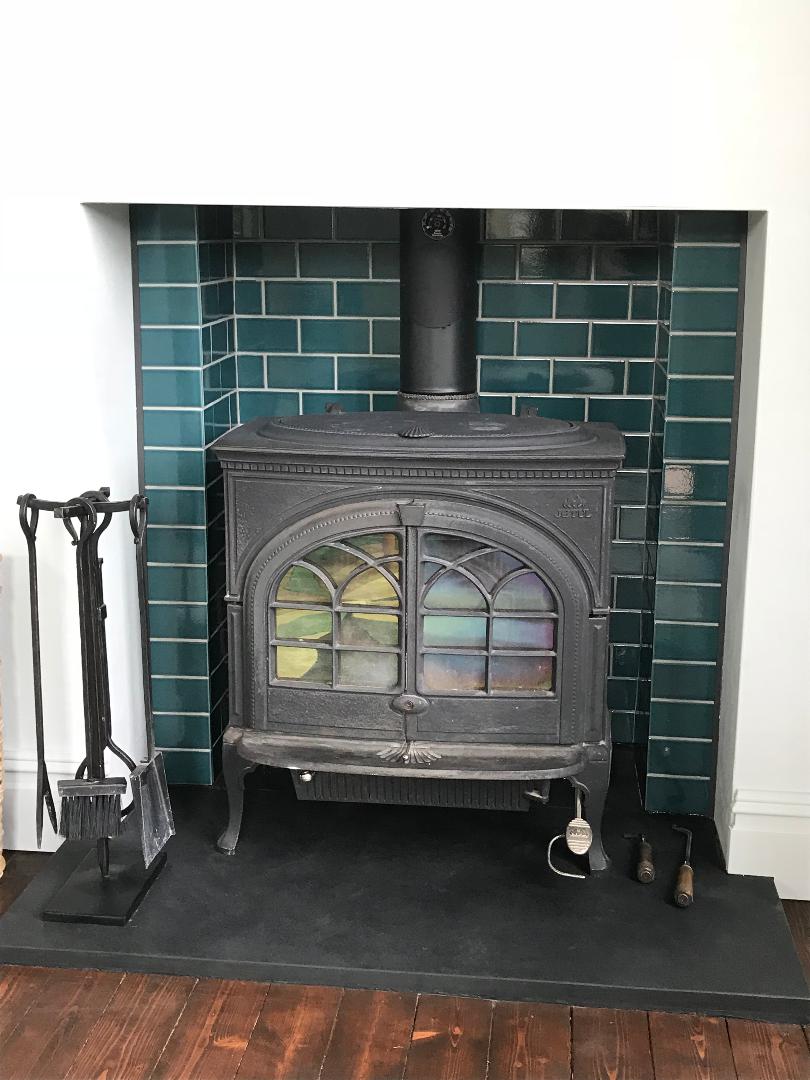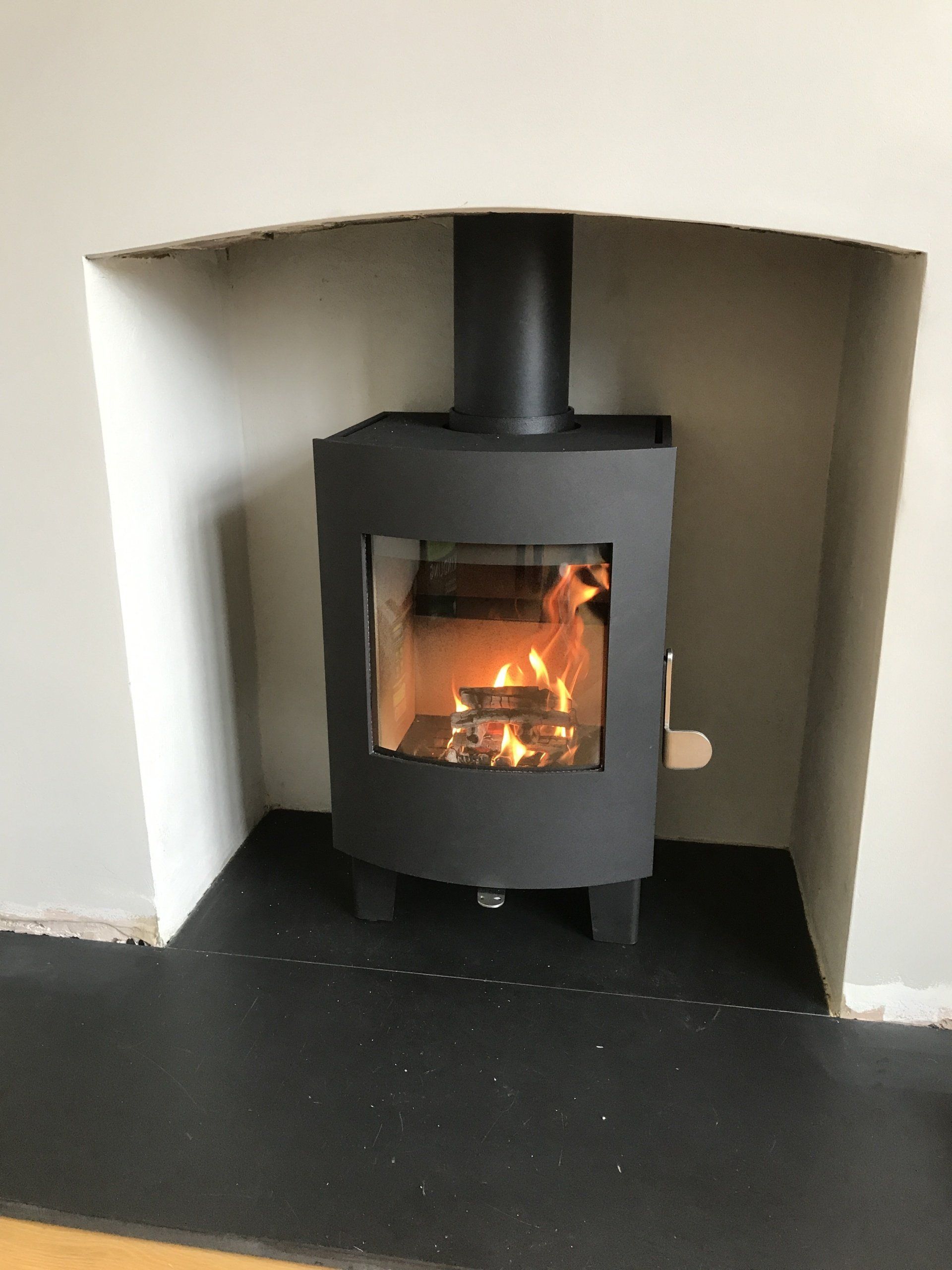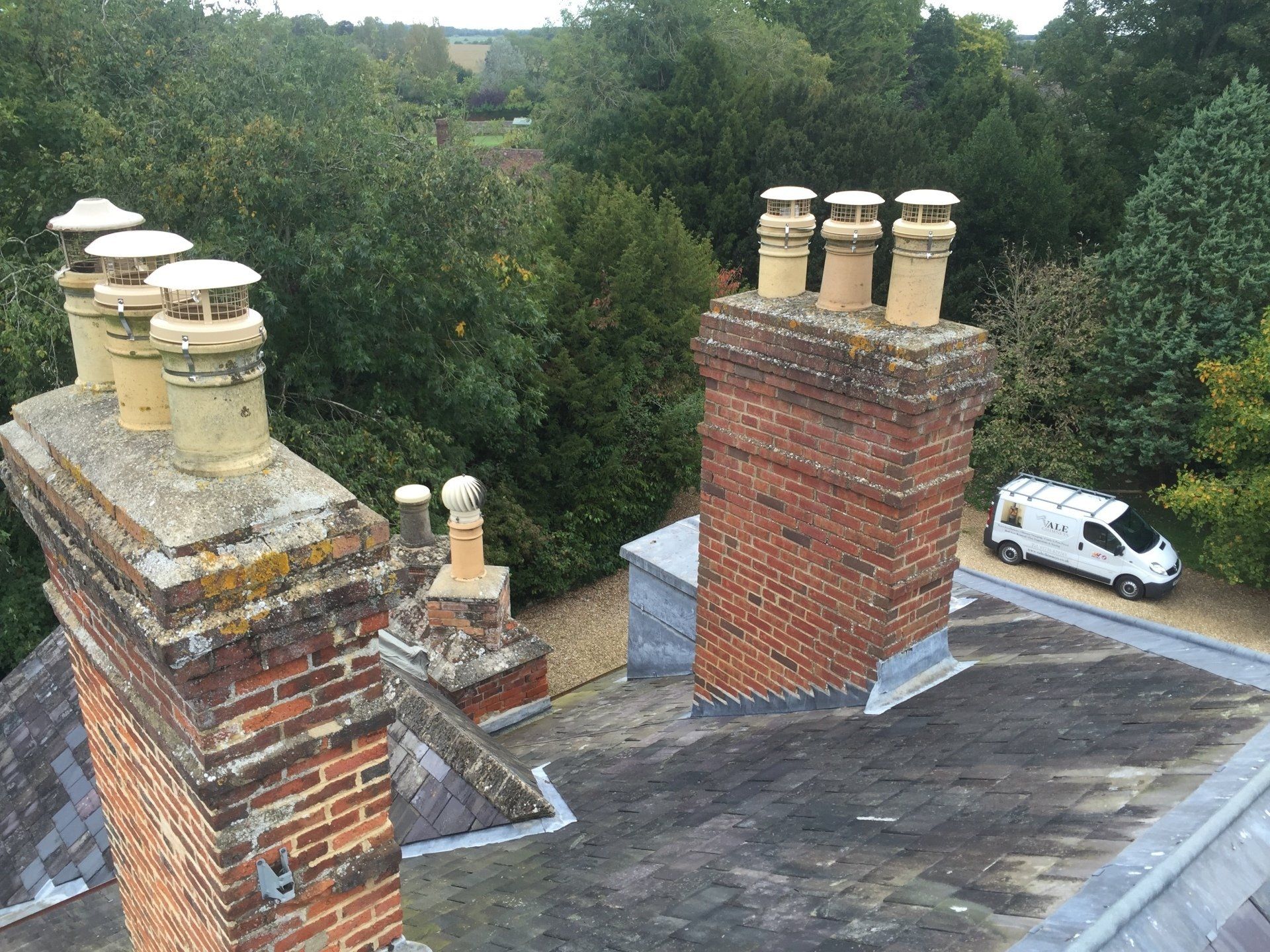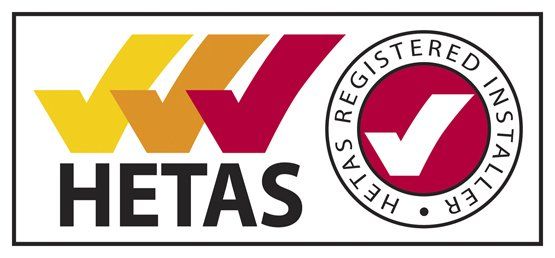News
Are Wood Burning Stoves Going to be Banned?
The short answer is no. According to HETAS (the official body recognised by the Government that approves and registers competent installers and servicing businesses in the industry) Woodsure and The Stove Industry Alliance have been consulting with DEFRA for some time regarding this issue and have clarified that there are no impending plans to ban wood burning stoves.
Various key points have been published by the Environment Secretary, however, as part of the Clean Air Strategy to identify actions to reduce emissions from domestic burning. These can be found on the HETAS website.
For further information, please get in touch.
Why the summer months are the perfect time to install a wood burning stove.
Benefits of installing a wood burning stove or multi fuel burning stove during the summer.
Installing a wood burner during the summer months means that you can be well prepared for the cold season ahead and secure in the fact that you will have heating in your home when you need it.
Stove manufacturers sometimes offer a discount during the summer months, often offering reductions of up to 10-15%, which is well worth taking advantage of. If you decide to install a wood burning stove, or multi fuel burning stove during the summer months, you can also use the summer months to locate and stock up on fuel ready for the winter. You are more likely to get a cheaper rate on fuel through the summer months.
Stove Installation at Vale Chimneys.
Here at Vale Chimneys, our stove installations are tailored to suit our customers’ requirements. We listen to our customers to find out what ideas they have in mind, and offer advice and information to help them choose the most effective wood burning stove or multi fuel burning stove for their dwelling. We carry out a no obligation site survey in order to assess the current chimney and provide a quotation. We are more than happy to install stoves that customers have sourced themselves, providing they meet with current health and safety guidelines. As part of the stove installation, we fit a carbon monoxide alarm and offer advice on how to use the stove safely.
Vale Chimneys is a HETAS registered installer. All installations adhere to strict Building Regulations, in line with current Health and Safety standards.
Choosing the right stove for your needs
If you’ve made the decision to install a wood burning stove or multi fuel burning stove in your property, there are a few key things to consider before you start shopping for the perfect stove.
Fuel Type
The first thing to think about is the type of fuel you intend to burn as this will determine the type of stove you will need. There are two types of stoves – multi fuel burning stoves and wood burning stoves. Multi-fuel stoves are designed to burn a wide range of materials including wood, smokeless fuels, anthracite and peat/turf briquettes, whereas wood burning stoves do exactly what they say on the tin (they burn wood). Wood burning stoves are considered to be a low carbon option as the carbon given off during burning is counteracted by the carbon it takes in when growing. In terms of heat output and efficiency levels there isn’t a great difference between the two.
Size
The size of stove you need will depend on the size of the area you wish to heat. It’s important to get this right – if the stove is too big, the heat output will be too great, and if it’s too small, it won’t heat the area sufficiently. To get an idea of the size of stove you need you must measure the space of the room in cubic metres (L x W x H) and divide it by 14 which will give the kW output required, however, a qualified stove installer will take these measurements and take other factors into consideration such as the layout of the room, the size of the windows and the age of the property before advising you on the size of stove needed.
Style
There are many stove designs available on the market to suit traditional or contemporary interiors. From the classic matt black firebox stoves through to modern wall-mounted stoves there are designs to suit different tastes and requirements (illustrate with stove pics).
Features
Many modern stoves now feature technology to improve the view of the flames and boost efficiency. Airwash technology, for example, is an excellent design feature that helps to keep the glass clean, thus improving the view of the flame. Cleanburn systems are also available and are designed to improve efficiency; hot air is introduced into the firebox above the height of the fire which enables the combustion of unburned hydrocarbons in the smoke stream. The result is a cleaner burn and even more flames to view.
Things to consider when choosing your stove
Smoke Control Area: If you live in a town or city it’s worth checking to see if you live in a Smoke Control Area. You can do this via the DEFRA website using the following link: http://smokecontrol.defra.gov.uk/ If you live in a smoke control area you will need to burn smokeless fuels on a multi fuel stove, or you can burn logs on a wood burning stove or multi fuel burning stove providing the stove has been approved by DEFRA as sufficiently cleanburning in order to be exempt from regulations. If a stove has been approved, it will carry a DEFRA exemption certificate.
CE Mark: make sure the stove you decide to purchase has a CE mark as this means it meets the right European safety and efficiency standards for stoves in the UK.
Installing the stove
Stove installations must conform to Building Regulations (Building Regulations Approved Document J). A qualified HETAS stove installer will be able to self-certify a stove installation and will also ensure chimneys are swept and flues are safe to use.
For more information
HETAS is the official Government body that approves and registers competent installers and servicing businesses in the industry. Various information is available on the HETAS website regarding Smoke Control Areas, Regulations, Carbon Monoxide, Appliance Minimum Efficiencies and more.
For more information or advice, please contact David at Vale Chimneys.
Chimney Maintenance - Spring/ Summer
Chimney Sweep
This time of year (April/ May) is generally considered the end of the burning season and a good time to get your chimney swept. A chimney sweep carried out at this time of year will ensure any soot, tar or creosote deposits that have built up during the autumn and winter months are cleared. This will help prevent damage to the flue or liner which may otherwise occur if left in place for the duration of the spring/ summer months. Secondly, it will help reduce any unpleasant odours escaping from the fireplace into the dwelling during the summer months. A chimney sweep during this time of year is also beneficial in case any structural defects or damages are identified during the sweep; if any remedial work is needed, there will be plenty of time for it to be carried out before the burning season begins in autumn/ winter.
Wood Burning Stoves
It is a common misconception that wood stoves or multi fuel stoves need to be swept less frequently than open fires. In fact, it can actually be the other way around. This is due to the fact that the flexible flue liner (usually installed with wood burning stoves) has a much smaller surface area for soot and creosote to build up. If this is not removed regularly, there is a chance that the acidic soot could damage the liner, or the build-up could be so great that it severely restricts the passageway for flue gases to escape – possibly resulting in smoke coming back into the home, or even worse, a chimney fire occurring.
Bird Guards, Chimney Caps, Cowls and Chimney Pots.
The spring and summer months (April to August) is the bird nesting season, so now is also a great time to think about having a bird guard, cowl or cap fitted if you haven’t got one already. These items prevent birds, small mammals, leaves and other debris from entering either used, or disused/ redundant chimneys. As part of this service, a chimney sweep is carried out first to ensure there isn’t a nest already present in the flue. New chimney pots can also be fitted if required.
Bird Nest Removal
If you suspect a bird nest in your chimney, or if a nest is discovered during a chimney sweep, we will remove the nest in line with current legislation. Once the bird nest has been removed and the chimney swept, full certification is provided to show that the work has been carried out by a professionally trained chimney sweep (this may be required by insurance companies in the event of a fire).
For more information, or to book an appointment, please contact David on 07736 829765 or email info@valechimneys.co.uk







